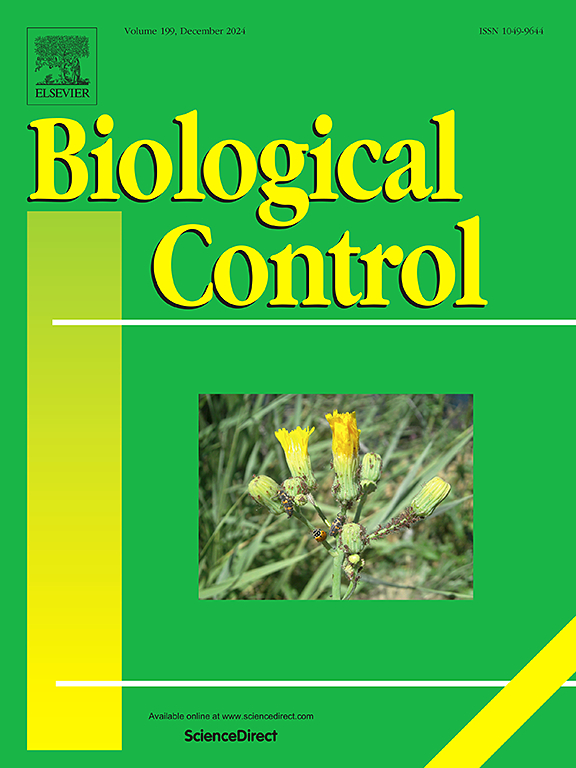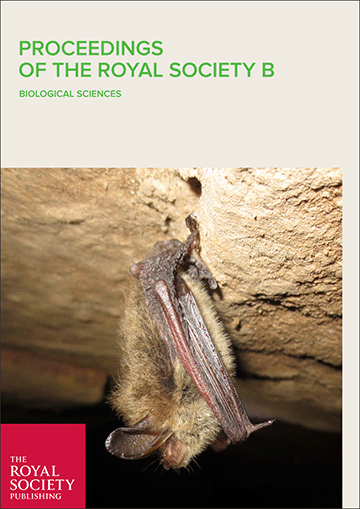The recent realistic estimate of fungal numbers which used various algorithms was between 2.2 and 3.8 million. There are nearly 100,000 accepted species of Fungi and fungus-like taxa, which is between 2.6 and 4.5% of the estimated species. Several forums such as Botanica Marina series, Fungal Diversity notes, Fungal Biodiversity Profiles, Fungal Systematics and Evolution—New and Interesting Fungi, Mycosphere notes and Fungal Planet have enhanced the introduction of new taxa and nearly 2000 species have been introduced in these publications in the last decade. The need to define a fungal species more accurately has been recognized, but there is much research needed before this can be better clarified. We address the evidence that is needed to estimate the numbers of fungi and address the various advances that have been made towards its understanding. Some genera are barely known, whereas some plant pathogens comprise numerous species complexes and numbers are steadily increasing. In this paper, we examine ten genera as case studies to establish trends in fungal description and introduce new species in each genus. The genera are the ascomycetes Colletotrichum and Pestalotiopsis (with many species or complexes), Atrocalyx, Dothiora, Lignosphaeria, Okeanomyces, Rhamphoriopsis, Thozetella, Thyrostroma (relatively poorly studied genera) and the basidiomycete genus Lepiota. We provide examples where knowledge is incomplete or lacking and suggest areas needing further research. These include (1) the need to establish what is a species, (2) the need to establish how host-specific fungi are, not in highly disturbed urban areas, but in pristine or relatively undisturbed forests, and (3) the need to establish if species in different continents, islands, countries or regions are different, or if the same fungi occur worldwide? Finally, we conclude whether we are anywhere near to flattening the curve in new species description. © 2020, MUSHROOM RESEARCH FOUNDATION.
DOI:
https://doi.org/10.1007/s13225-020-00458-2
Altmetric score:
Dimensions Citation Count:
























